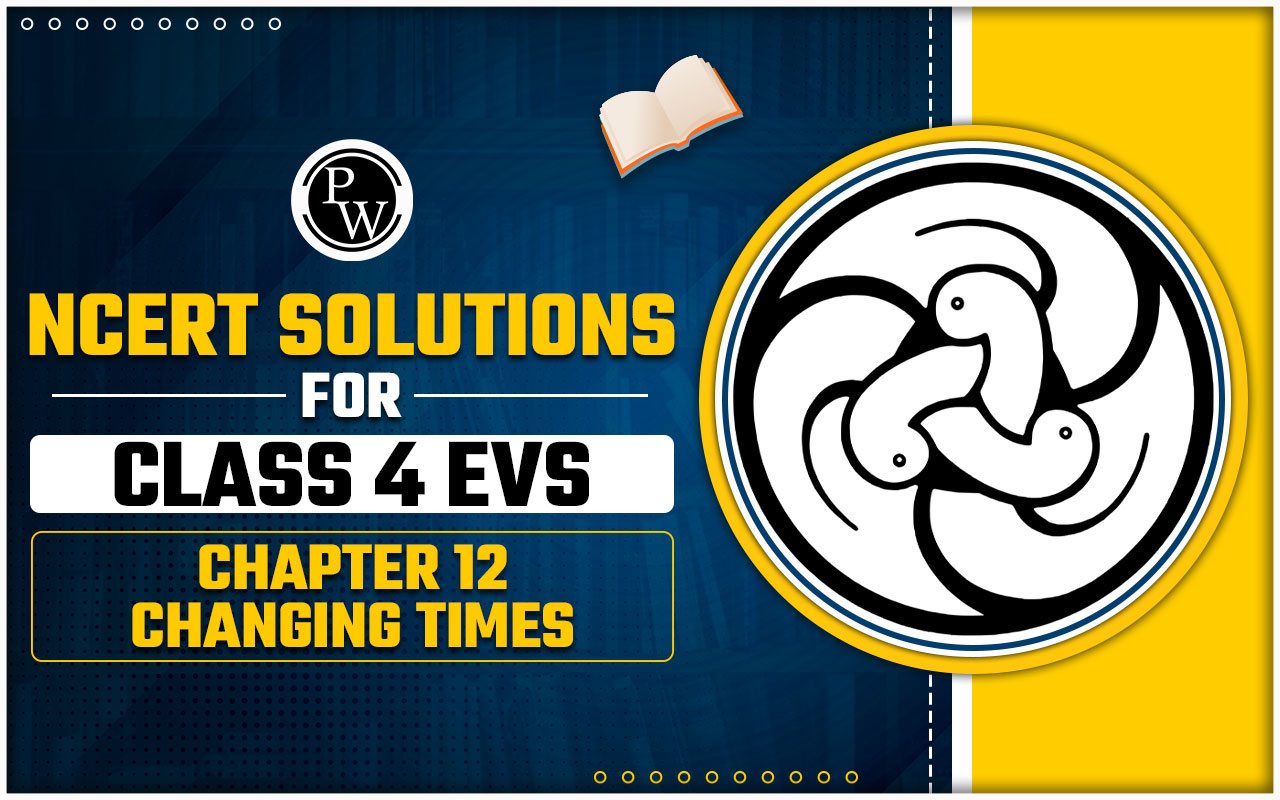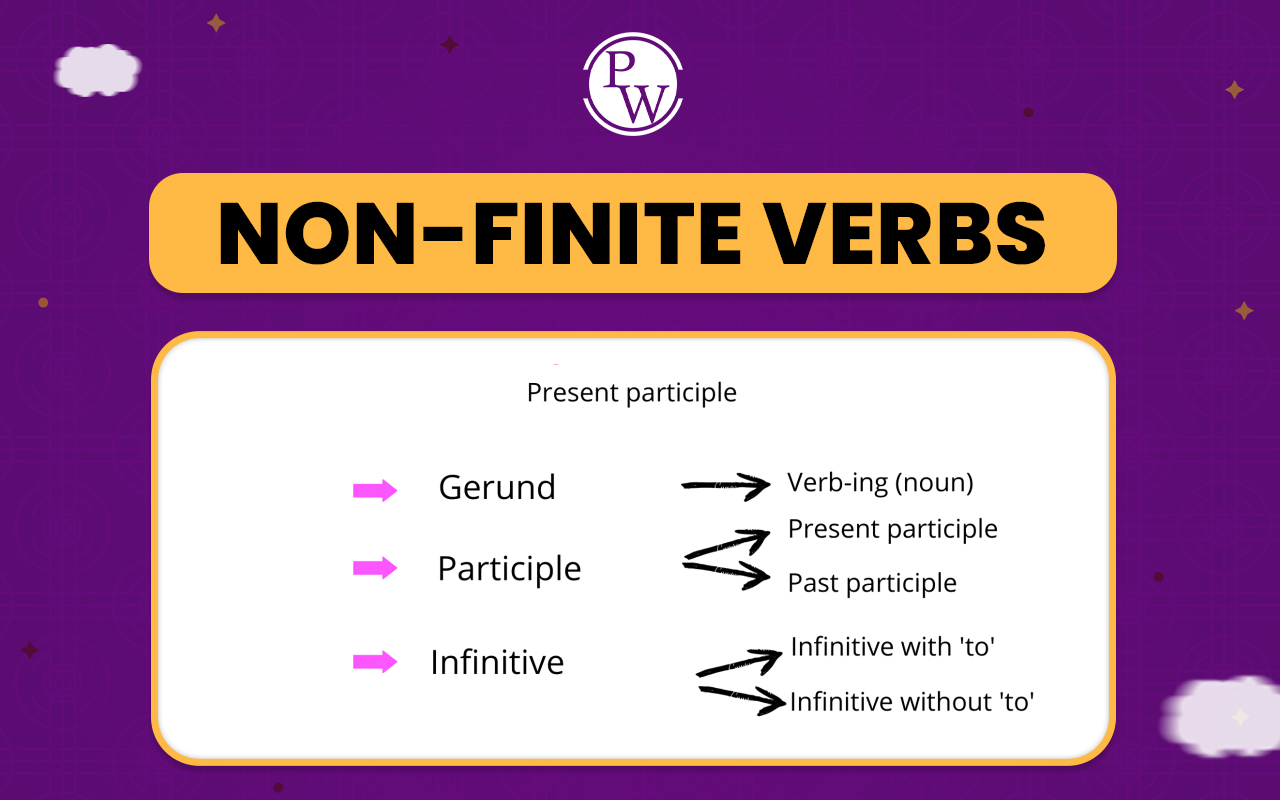

NCERT Solutions for Class 4 EVS Chapter 12: NCERT Solutions for Class 4 EVS Chapter 12 Changing Times provide a detailed understanding of how changes in technology, society, and the environment affect daily life.
This chapter explores various aspects of change, including advancements in communication, transportation, and lifestyle. The solutions provide clear step-by-step explanations to help students grasp how these changes impact their world. By studying these solutions, students can better understand the concept of change recognize its effects on their surroundings, and appreciate how progress shapes their lives.NCERT Solutions for Class 4 EVS Chapter 12 Changing Times Overview
NCERT Solutions for Class 4 EVS Chapter 12 Changing Times have been prepared by subject experts from Physics Wallah. This overview provides a clear and detailed understanding of how advancements and changes in technology, society, and the environment influence daily life. The expert-prepared solutions provide step-by-step explanations that help students grasp the impact of these changes, from improvements in communication and transportation to shifts in lifestyle.Related links-
NCERT Solutions for Class 4 EVS Chapter 12 Changing Times PDF
NCERT Solutions for Class 4 EVS Chapter 12 Changing Times PDF
NCERT Solutions for Class 4 EVS Chapter 12 Changing Times
Here, we have provided NCERT Solutions for Class 4 EVS Chapter 12 Changing Times to help students prepare more effectively for their exams.NCERT Solutions for Class 4 EVS Chapter 12 Changing Times Page No. – 98
Find Out and Write
1. Talk to any one of your grandparents or any other elderly person. Find out when she or he was eight-nine years old –
(a) Where did she or he live? Name that place.
(b) From what material was her or his house made?
(c) Did they have a toilet in their house? If no, where was it?
(d) In which part of the house was food cooked?
(e) A lot of mud was used when Chetandas’ house was made. Why?
Answer-
(a) She lived in a village named Cheyyar. (b) Her house was made of materials like thatched bamboo, mud and straw and wood. (c) Yes. The house had a toilet. (d) Food was cooked in the verandah, separated from the rest of the house by a wall. (e) A lot of mud was used in the construction to protect the house from heat and cold.NCERT Solutions for Class 4 EVS Chapter 12 Changing Times Page No. – 99
A Changing House
1. Chetandas tells that people from the basti used to come to clean the toilets and take away the waste. They were not allowed to enter the house.
(a) The people who used the toilets did not clean them. Discuss.
(b) Is there a toilet in your house? Who cleans it?
Answer-
NCERT Solutions for Class 4 EVS Chapter 12 Changing Times Page No. – 101
Seeing New Things
1. What materials have been used in making your house?
Answer-
The materials used in making my house are:- Cement
- Bricks
- Concrete
- Sand
- Iron rod
- Wood
2. Find out the material from which your friend’s house is made? Is there any difference? Write about it.
Answer-
1. My friend’s house is made of materials such as: Sand, Iron rods Bricks, and Cement 2. There is no difference between the materials used in my house and my friend’s house.3. What kind of house do you think Chetandas’ grandchildren will live in?
Answer-
Chetandas’ grandchildren are expected to live in skyscrapers constructed from cement and iron. These modern buildings will reflect advancements in construction materials and techniques, contrasting with the traditional materials used in earlier times.NCERT Solutions for Class 4 EVS Chapter 12 Changing Times Page No. – 102
4. Where would you like to live when you grow up? What kind of house would you like?
Answer-
When I grow up, I would like to live in a metropolitan city in a bungalow. The idea of residing in a bustling city while enjoying the comfort and space of a bungalow appeals to me.5. You had written about the things that your grandparent’s house was made of. Have some of those materials been used in your house? Name them.
Answer-
The materials mentioned are not used in my house, except for the doors and windows, which are made of wood. The rest of the construction involves different materials.6. People are given names according to the work they do. For example, a person who works with wood is called a carpenter.
(a) In your place, what do you call a person who works with wood?
Answer-
In my area, a person who works with wood is known as a Badhai.7. Now, look at the picture and fill in the table.

What kind of work is being done by different people here?
What tools are they shown using in the picture? Write them in the given table.

Answer-

NCERT Solutions for Class 4 EVS Chapter 12 Changing Times Page No. – 103
1. Do you know people who do this type of work? Talk to them and find out about their work. Discuss it with your friends.
Answer-
2. With your teacher or someone from home, go to a place where a building is being constructed. Talk to the people working there and find out the answers to these questions.
(a) What is being built there?
Answer-
A big mall is currently being built there.(b) How many people are working there?
Answer-
Approximately 500 people are working on the construction of the mall.(c) What kind of work are they doing?
Answer-
- Masons are pouring cement on the lintels and roofs.
- Engineers are supervising the work to ensure everything is done correctly.
- Laborers are carrying materials needed for construction.
- Operators are handling cranes and other machinery involved in the building process.
(d) How many men and women are there?
Answer-
Approximately 400 men and 100 women are working on the construction site.NCERT Solutions for Class 4 EVS Chapter 12 Changing Times Page No. – 104
(e) Are any children working there? What are they doing?
Answer-
No, children are not working there. All the workers on the construction site are adults.(f) How much money do these people get paid daily? Ask any three different people.
Answer-
Mason – Rs. 2507/- Carpenter – Rs. 2507/- Helper – Rs. 2507/- Foreman – Rs. 400/- Crane operator – Rs. 5007/-(g) Where do these people live?
Answer-
These people live in tents set up near the construction site, while others travel from their homes.(h) What are the materials being used to make the building?
Answer-
The materials being used to make the building are wood, iron rods, sand, stone chips, bricks and cement.(i) Try and guess how many trucks of bricks and bags of cement will be used to make the building.
Answer-
To make the building, 5,000 trucks of bricks and 100,000 bags of cement will be used.3. How do the materials reach the building site? (By truck, handcart, or any other vehicle.) List them.
Answer-
The materials reach the building site by:- Trucks
- Tempo
- Other vehicles
4. Find out the price of
(a) One bag of cement ______
(b) One brick ______
(c) One truck of sand ______
Answer-
(a) One bag of cement – Rs. 265/- (b) One brick – Rs. 4/- (c) One truck of sand – Rs. 5000/-NCERT Solutions for Class 4 EVS Chapter 12 Changing Times Page No. – 105
1. Ask a few other questions and write their answers.
(a) How much sand is mixed with cement?
Answer-
Five bags of sand are mixed with one bag of cement.(b) Who makes the map of buildings?
Answer-
The map of buildings is created by architects.(c) Why are cranes used at construction sites?
Answer-
Cranes are used at construction sites to lift and move heavy objects, such as beams, materials, and machinery, that are too heavy or large to be handled manually.2. Over the sixty years, different materials were used at different times in Chetandas’ house. List these in the correct order.

Answer-

Benefits of NCERT Solutions for Class 4 EVS Chapter 12 Changing Times
- Comprehensive Understanding : Provides detailed explanations and answers to help students grasp the concept of changes in technology, society, and environment.
- Enhanced Learning : Breaks down complex topics into manageable parts making it easier for students to understand and retain information.
- Clarification of Doubts : Assists in clearing doubts and reinforcing concepts ensuring students have a strong grasp of the material.
- Error Correction: The detailed solutions help students identify and correct mistakes in their work, improving accuracy and confidence.
NCERT Solutions for Class 4 EVS Chapter 12 FAQs
The People Who Used the Toilets Did Not Clean them. Discuss.
What is the main focus of Chapter 12, "Changing Times"?
What Kind of House Do You Think Chetandas’s Grandchildren will Live in?
What changes has Chetandas seen over the years?












